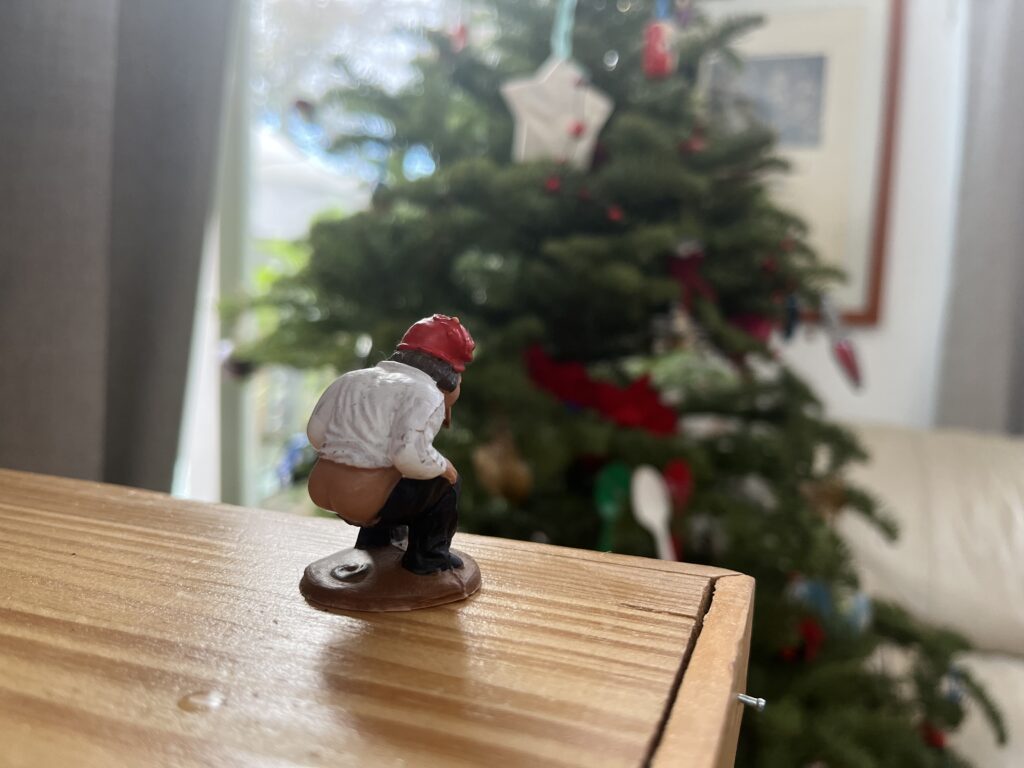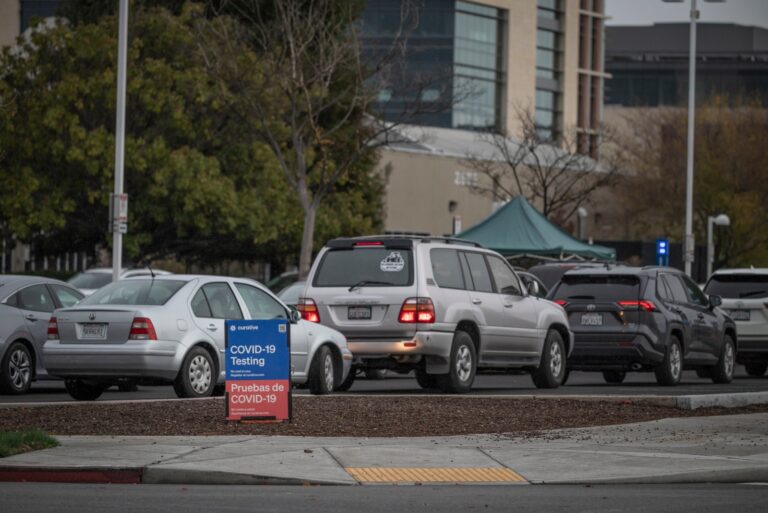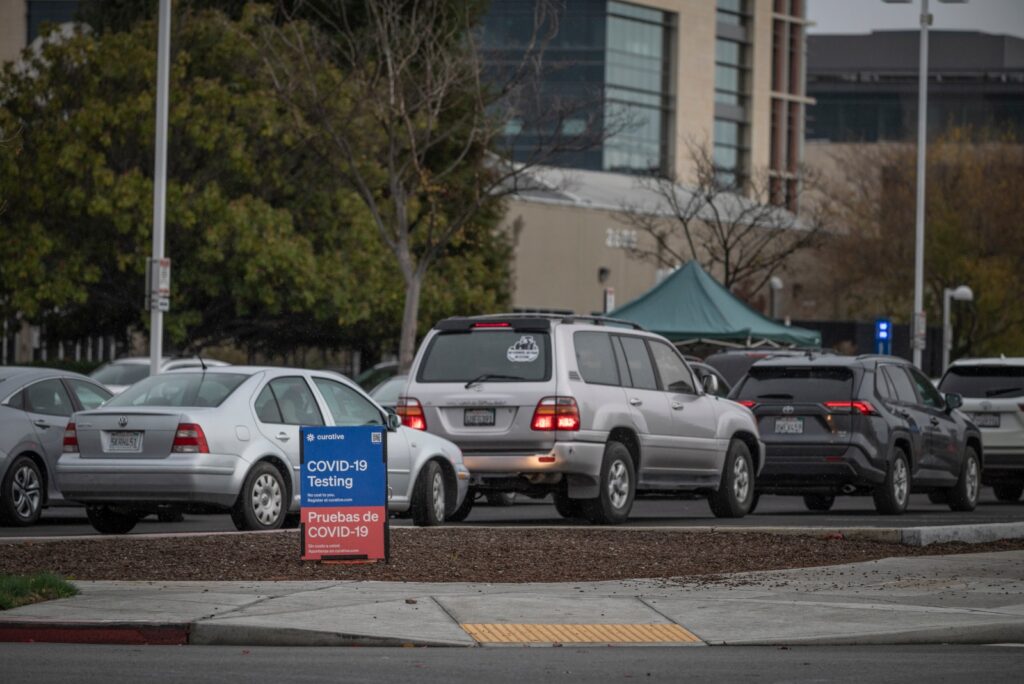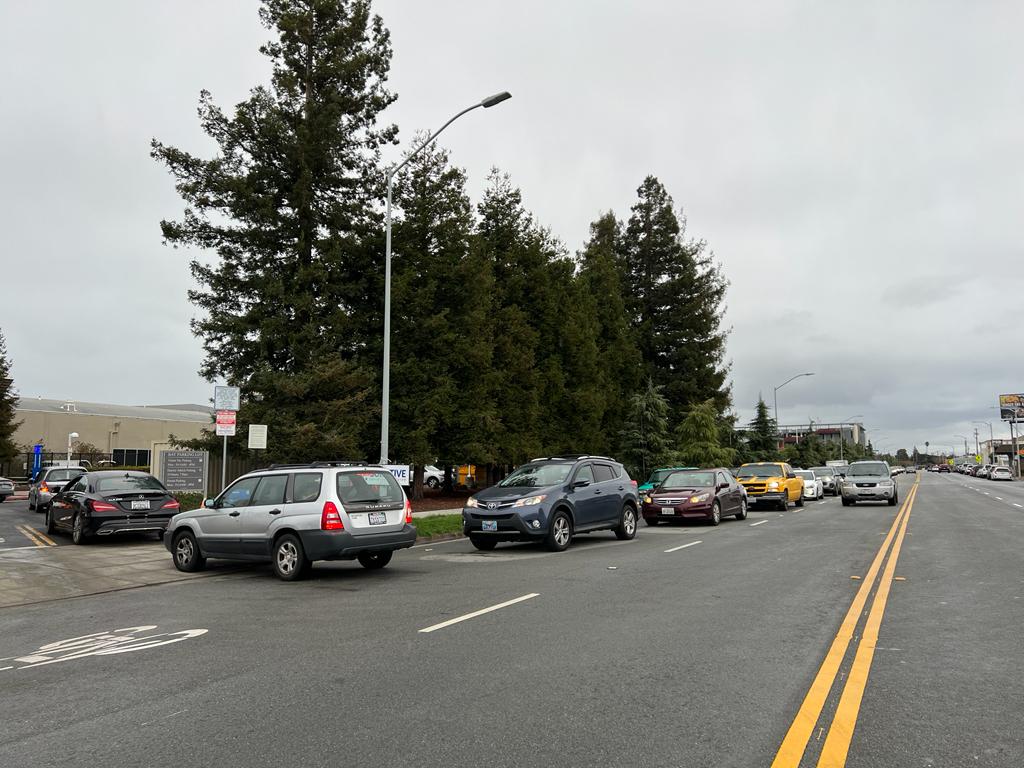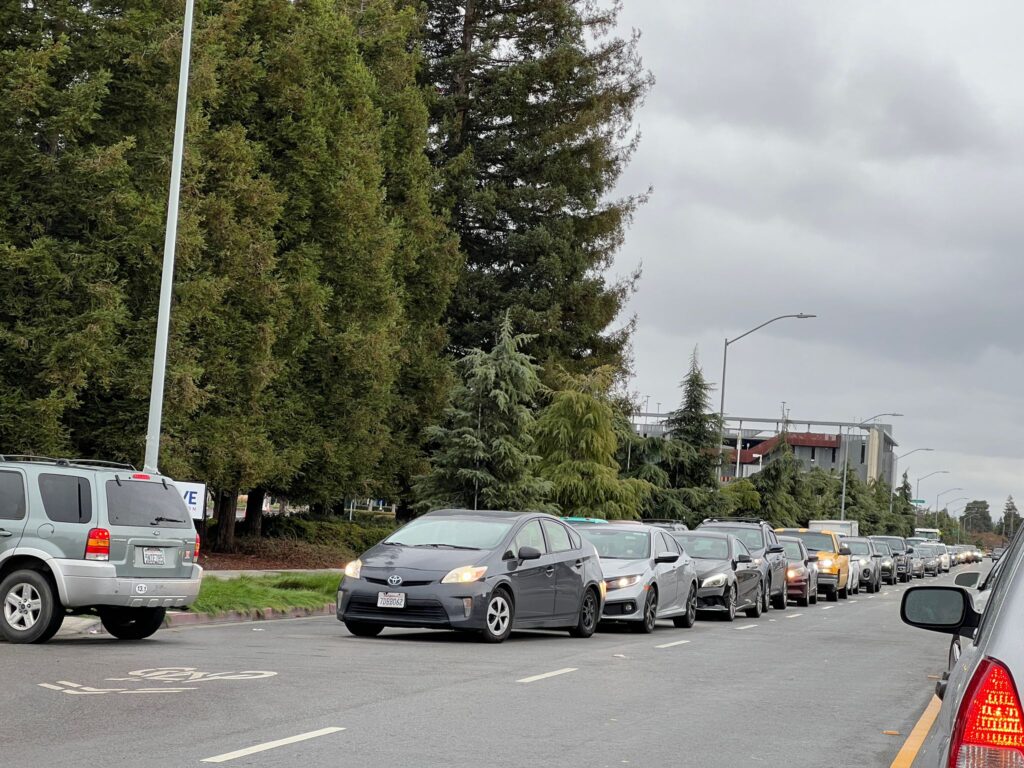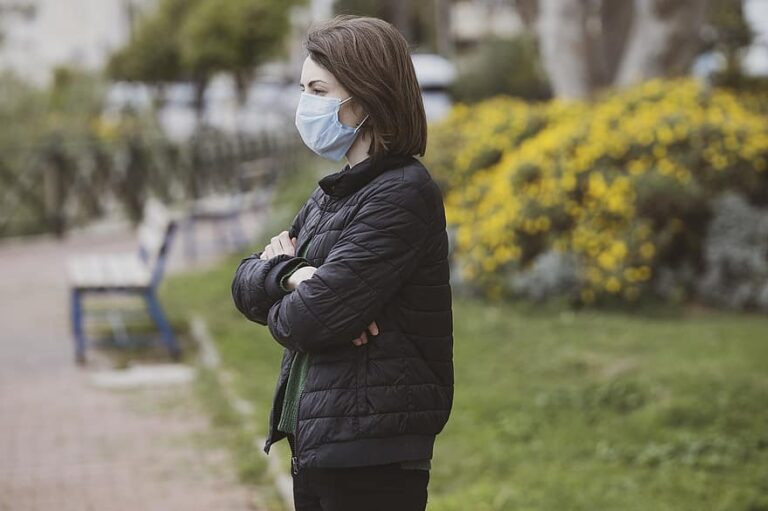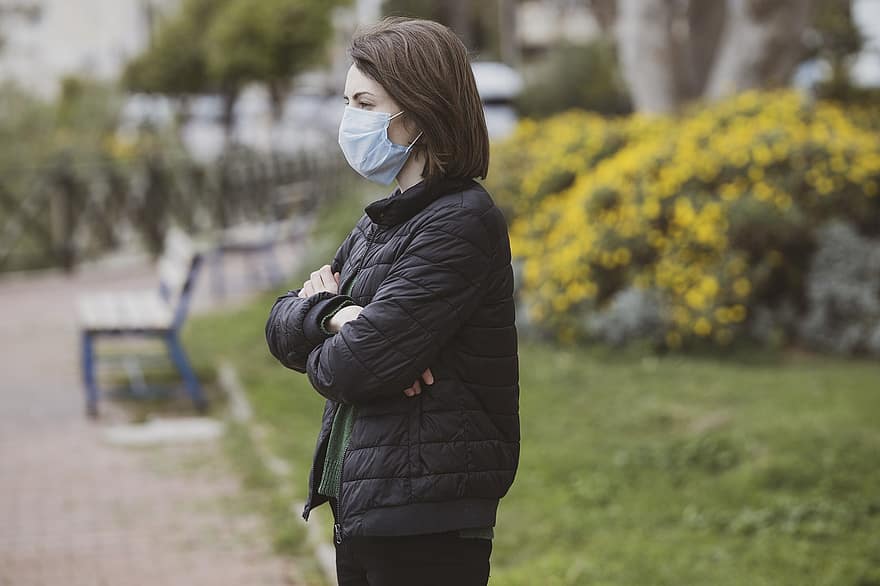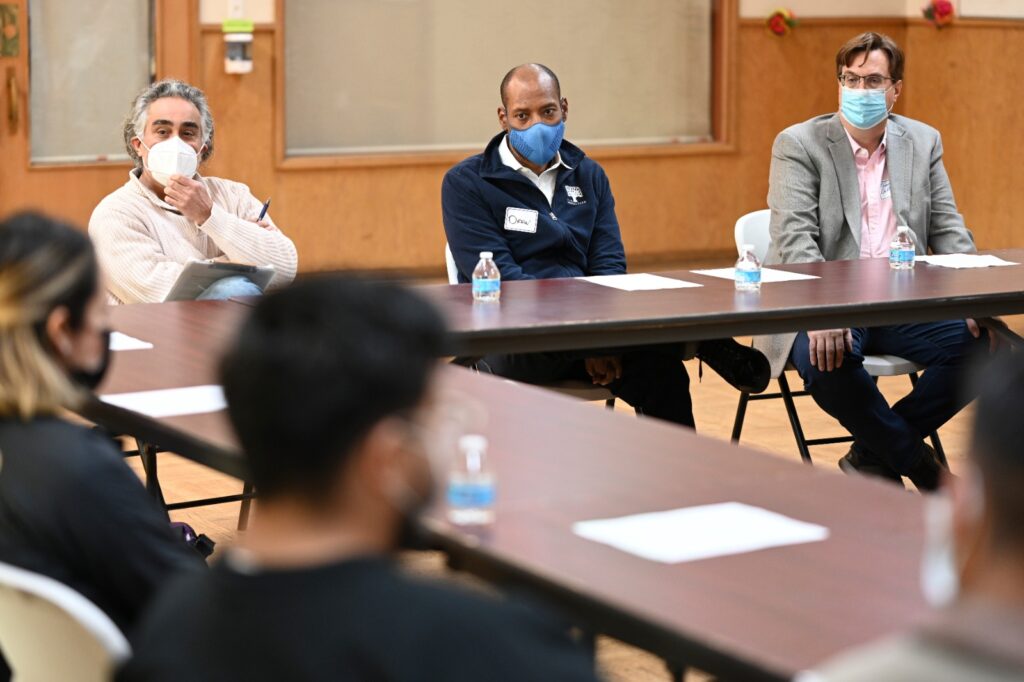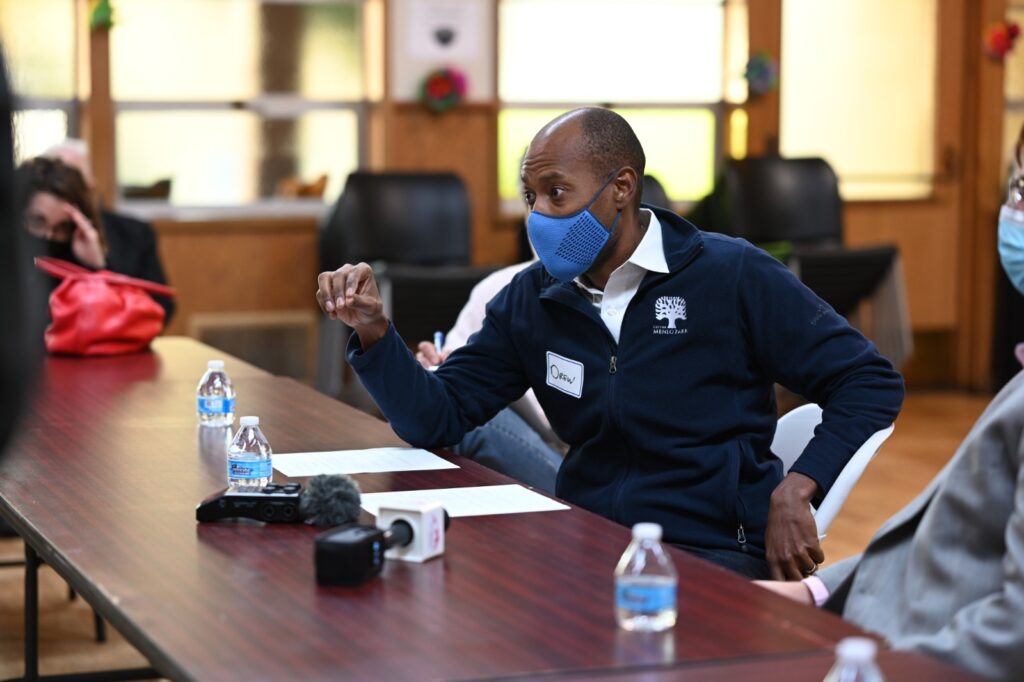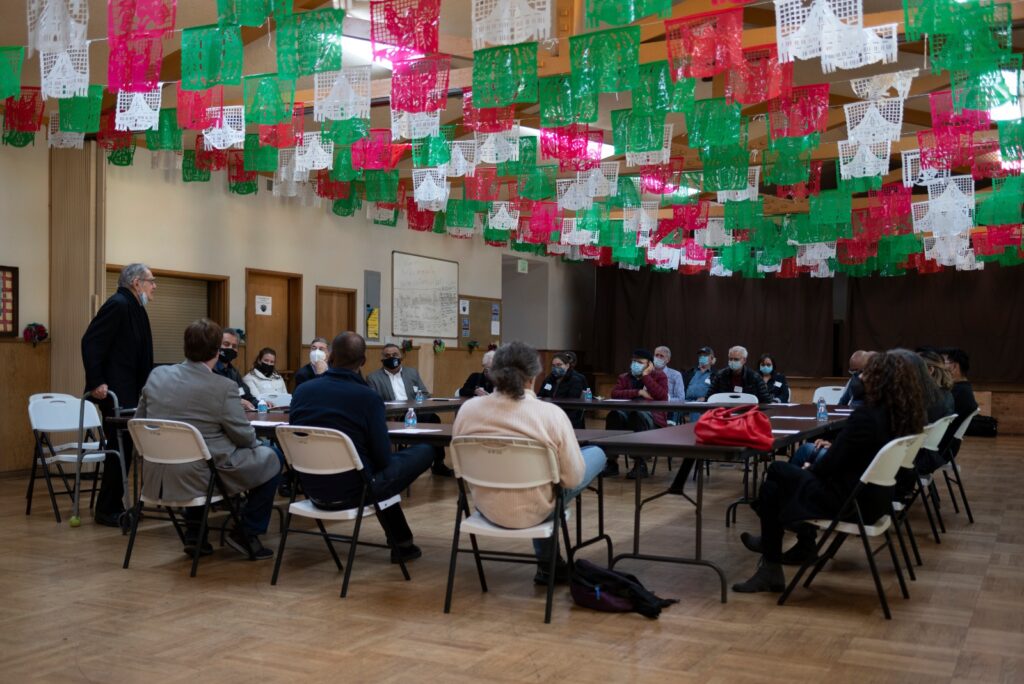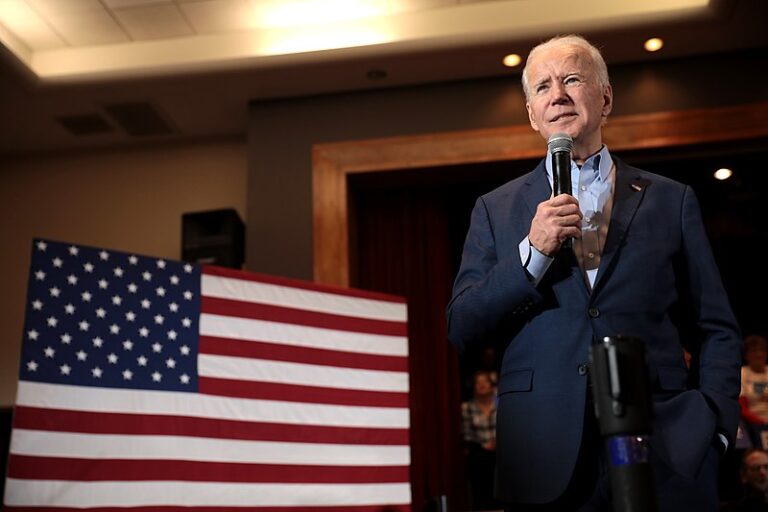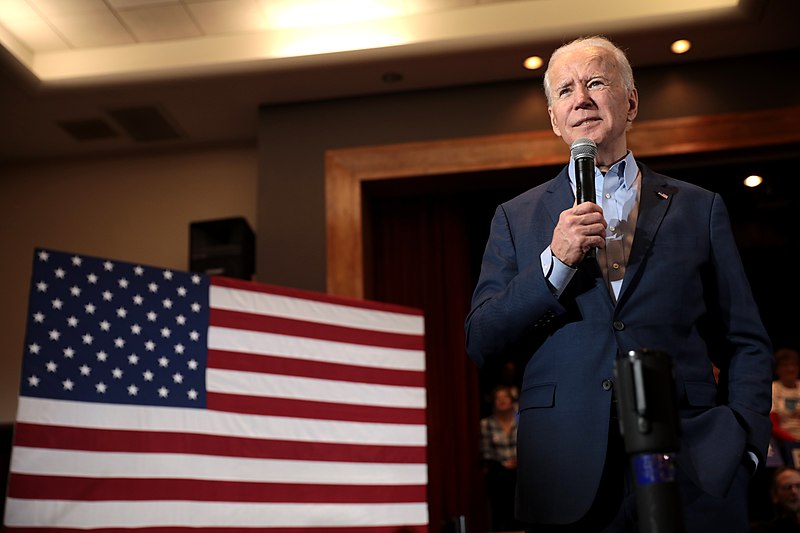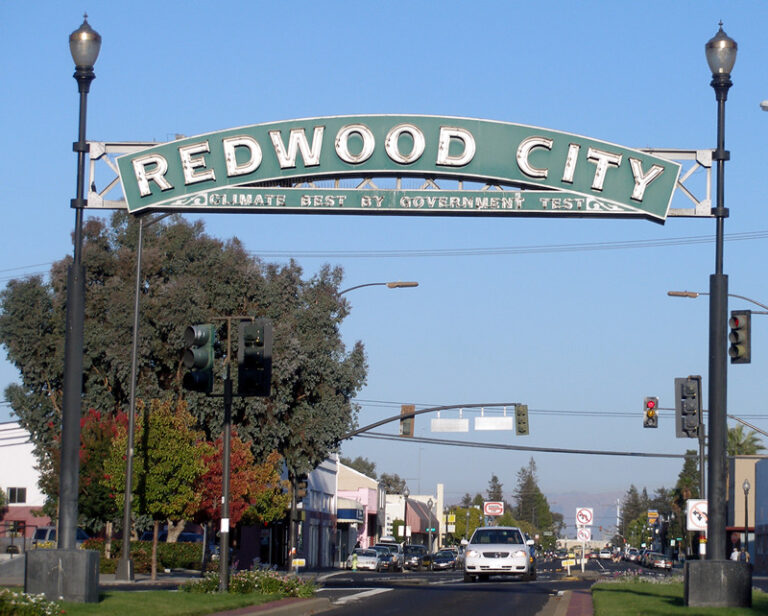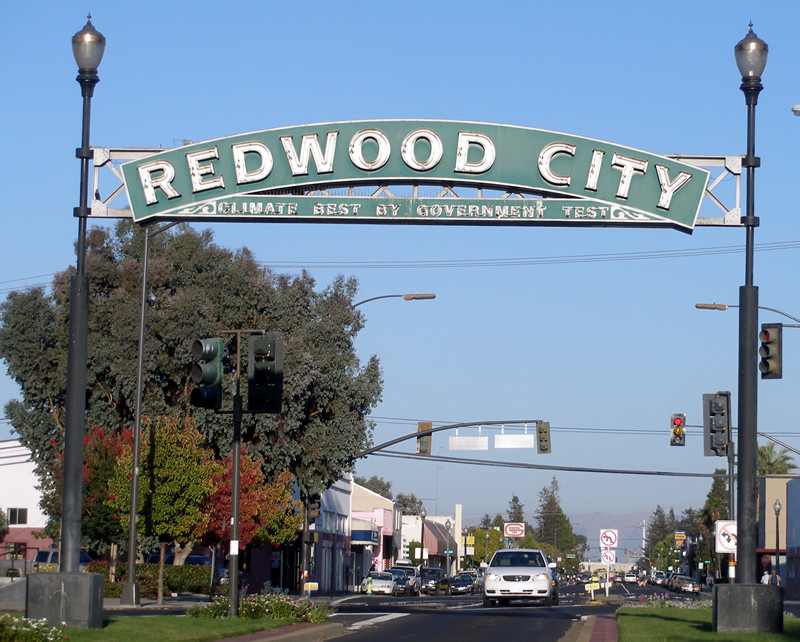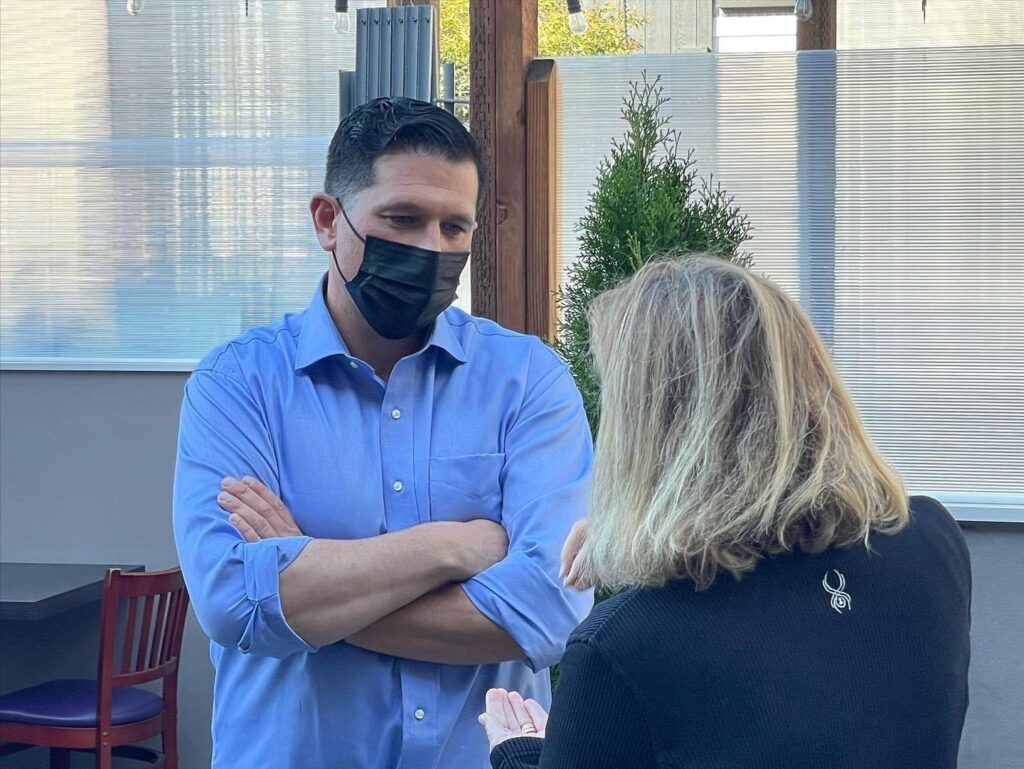
Cristian Carlos.
El presidente de la Junta de Supervisores del Condado de San Mateo, David J. Canepa, reconoció que los esfuerzos de detección de casos de COVID-19 en el condado de San Mateo son insuficientes, esto luego de que Península 360 Press publicase «Chaos and exclusion at COVID-19 testing in Redwood City», donde se señala el problemático proceso de obtener una prueba de detección de COVID-19.
During the program Hecho en California, Marcos Gutiérrez, de la 1010 AM, retomó la columna de Península 360 Press y entró en comunicación con David J. Canepa, quien señaló que, durante las últimas jornadas de detección de COVID-19 en el condado de San Mateo, se ha alcanzado el máximo semanal de 5 mil pruebas lo que lleva a las personas a enfrentarse a largas filas de espera, tiempo con el que la población latina no cuenta debido a sus horarios de trabajo.
En dicha entrevista, Canepa reconoció el trabajo periodístico de Península 360 Press y confirmó la versión publicada.
Canepa atribuyó las dificultades que enfrenta el condado de San Mateo a la escasez de kits domésticos para la detección de COVID-19 en farmacias del sector privado. Debido a la situación actual, David J. Canepa se comprometió a redoblar esfuerzos para agilizar la aplicación de las pruebas.
«Tenemos que resolverlo porque, de no hacerlo, el problema persistirá», dijo Canepa respecto al problema de la falta de kits domésticos y su alta demanda. «El gobierno federal no puede depender, ahora mismo, del sector privado. Tenemos que cuadruplicar dichos esfuerzos», enfatizó, lo que daría como resultado, próximamente, unas 20 mil pruebas a la semana en San Mateo.
Durante los últimos meses, en los EE. UU., así como en otras naciones, se ha visto un aumento significativos de casos de COVID-19 debido a la presencia de la variante ómicron del nuevo coronavirus SARS-CoV-2, causante de la enfermedad que pasó de 40 a cerca de 250 casos diarios confirmados de coronavirus.
Después de delta, ómicron pasó a ser la variante predominante en EE. UU. y en el resto del mundo y ha provocado una escalda en los casos de COVID-19, aunado a la relajación por parte de la población de las medidas de prevención y reuniones familiares en los últimos meses, las personas acuden a los centros de detección para realizarse pruebas contra el coronavirus.
Sin embargo, las personas del condado de San Mateo enfrentan dificultades logísticas y burocráticas para realizarse una prueba que dé certidumbre a la población sobre su condición ante los nuevos contagios de SARS-CoV-2.
Como informó oportunamente Península 360 Press, la falta de kits para la detección de coronavirus, la dificultad que enfrentan las personas de la comunidad latina para registrarse y el número elevado de personas esperando a ser examinadas, dan como resultado un sistema ineficaz en San Mateo que antes funcionaba correctamente.
Adicionalmente a la escasez de pruebas, las personas que no pueden hacer fila en sus coches, encuentran difícil el acceso a pie a los centros de detección y no cuentan con opciones de accesibilidad que faciliten el traslado de las personas a pie; es decir, aún cuando la población latina haya logrado registrarse para hacerse una prueba contra COVID-19, excluidos debido a los medios tecnológicos que se necesitan para programar una cita, no se les ofrecen oportunidades accesibles para facilitar su aplicación.
Si una persona tiene sospecha de haber estado en contacto con un caso activo de COVID-19 o si presenta algunos de los síntomas por coronavirus es necesaria una prueba que confirme un resultado positivo o negativo; sin embargo, la rapidez conque los resultados deben entregarse es vital para que las personas con un resultado positivo eviten su propagación y busquen atención médica; de lo contrario, y como se ha informado desde el inicio de la pandemia, el SARS-CoV-2 puede tener resultados fatales.








